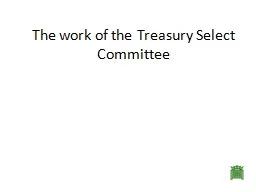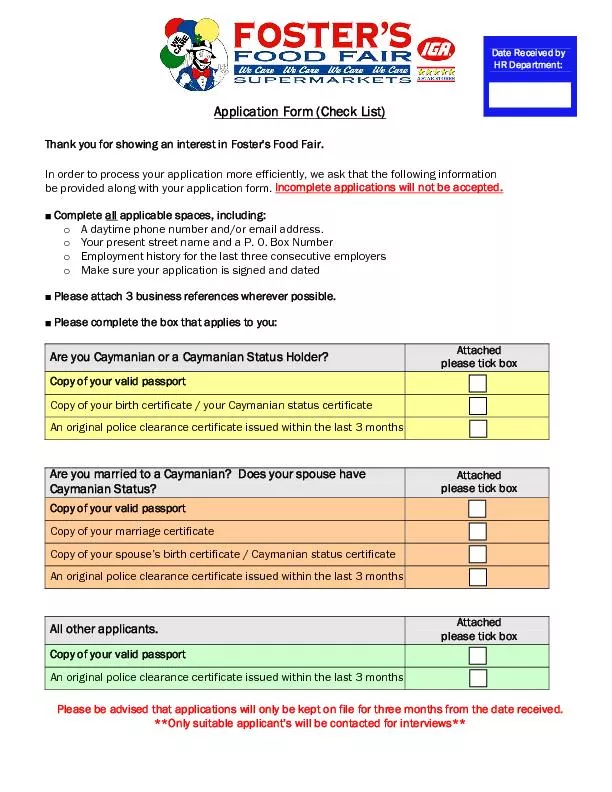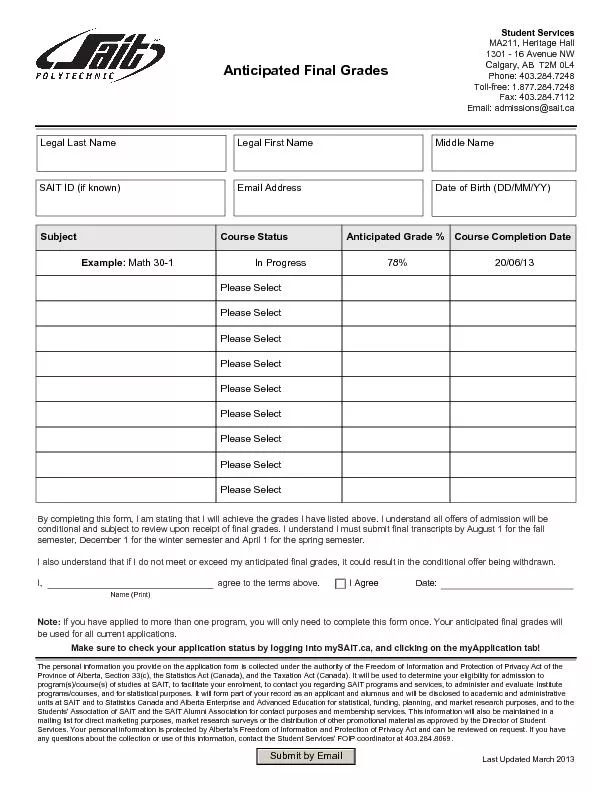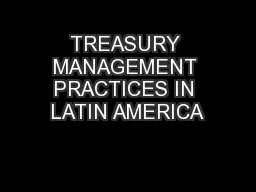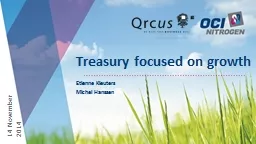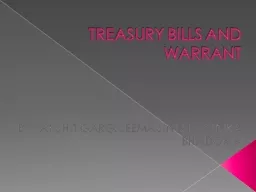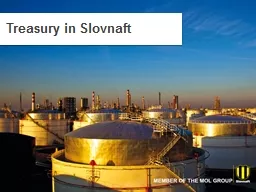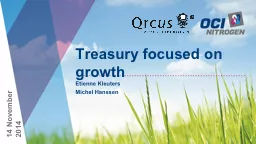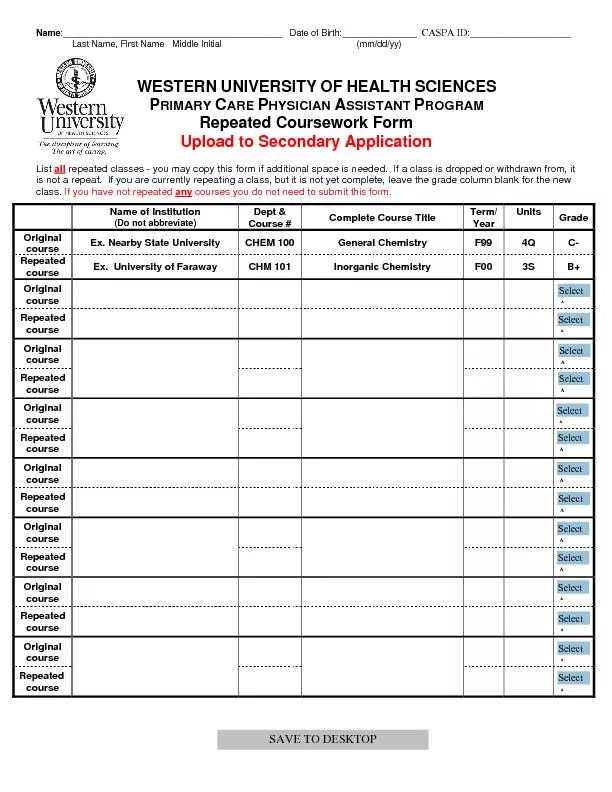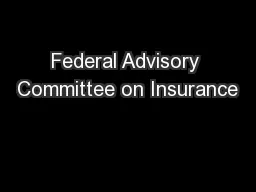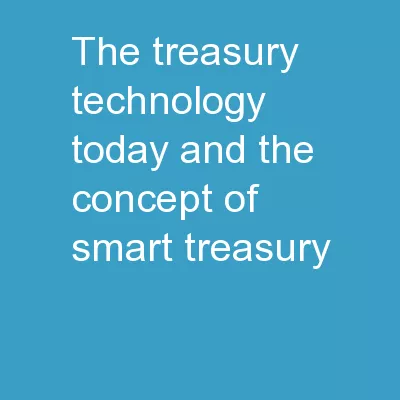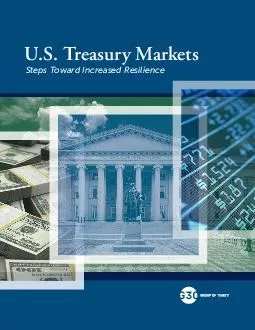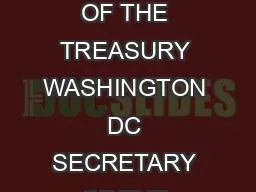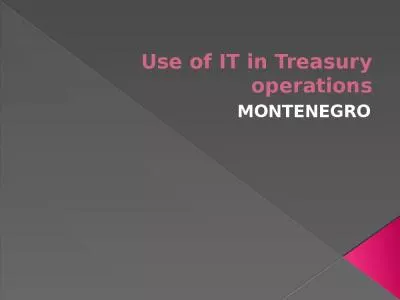PPT-The work of the Treasury Select Committee
Author : pamella-moone | Published Date : 2016-07-09
Departmental Select Committees In existence since 1979 Shadow Government departments Around 11 members in proportion to party composition of the House the TSC
Presentation Embed Code
Download Presentation
Download Presentation The PPT/PDF document "The work of the Treasury Select Committe..." is the property of its rightful owner. Permission is granted to download and print the materials on this website for personal, non-commercial use only, and to display it on your personal computer provided you do not modify the materials and that you retain all copyright notices contained in the materials. By downloading content from our website, you accept the terms of this agreement.
The work of the Treasury Select Committee: Transcript
Download Rules Of Document
"The work of the Treasury Select Committee"The content belongs to its owner. You may download and print it for personal use, without modification, and keep all copyright notices. By downloading, you agree to these terms.
Related Documents

